Fake news, false information and stories made up to create a bit of a buzz and a good headline are everywhere.
As we scroll through endless stories in our feeds, we need to keep an eye out and think about which ones are fact and which ones are fake.
Fortunately there are plenty of buzzwords out there that can help us understand what can and can’t be trusted, which we've given the Bitesize treatment.
Download the full glossary or scroll below to read our top ten picks…
A link to Fact or Fake's handy printout of key words and phrases around fake news.
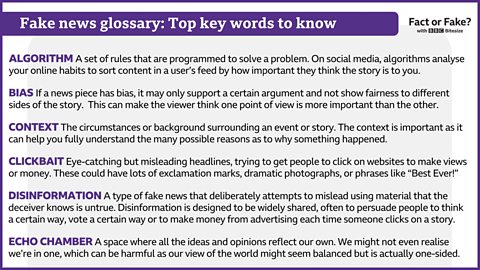

Bias
Look out for bias in a story that means it may just support or push a certain argument or doesn’t show fairness to different sides of the story. It’s important for news stories and the journalists writing them not to show bias when presenting the facts as this can make the viewer think one side of the argument is more important than the other.
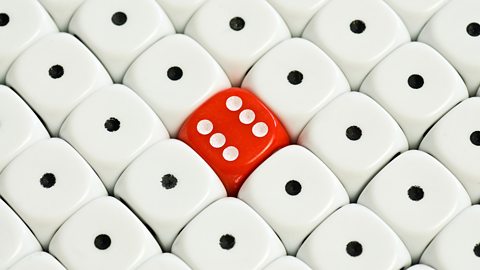
Context
In life, most events / things don’t just happen out of the blue, just like that, without explanation. Circumstances surrounding an event give it context. This means you can fully understand the many possible reasons and explanations as to why an event happened.

Clickbait
Eye-catching but misleading headlines, designed to get people to click on links to make money or views for a website. Clickbait headlines are designed to hook you in so it can include lots of exclamation marks, appealing photographs and titles like "Best Ever!" or "You Won’t Believe…" stories that you just can’t help but click on.
Disinformation
This is a specific type of fake news. It's a deliberate attempt to mislead using material that the deceiver knows is untrue. Disinformation is designed to be widely shared. The purpose is often to persuade people to think a certain way, vote a certain way or to make money from advertising each time someone clicks on a story.
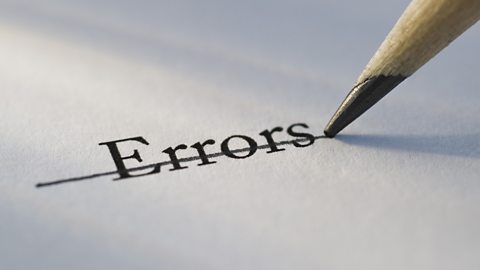
Misinformation
Another specific type of fake news. This is an umbrella term to describe false, misleading or out of context material regardless of the motivation behind it. It can also be described as bad information.

Opinion
Your opinion is how you feel, and what you think about things. Your opinion matters as it affects decision making and how you live your life. Your opinion may be that you should be able to stay out after midnight and have crisps for every meal, but the adults around you might think differently and have a very different opinion. In the news, it’s important to understand if you are reading someone’s opinion about an event, or a factual news piece which will inform you so you can work out your own opinion on it.

Parody / Satire
Fun and jokes. Parody or satire are comical ways of looking at serious information, often through imitation, exaggeration or irony. Think about The Mash Report or even back to Horrible Histories, which use serious events and important figures to make people laugh.
Across social media you might see parody images or satirical jokes about people like the US President Donald Trump, such as making him look orange in a photo – but sometimes people can share them and respond as though they are real, which can generate fake news.

Reliability
Reliability refers to, as you’d imagine, how reliable or trustworthy something is, in this case, a news story. When asking if someone is reliable you may ask if they turn up on time. If asking about the reliability of a news story, you might ask if it was written by a journalist from an organisation that you have heard of before. Are they known to base their stories on facts or flimsy attention-grabbing headlines? Their reliability depends on how much they can be trusted. Another great test for reliability is if the news story is reported on multiple news sights or by lots of different news sources - this suggests that it is real and the information is reliable.
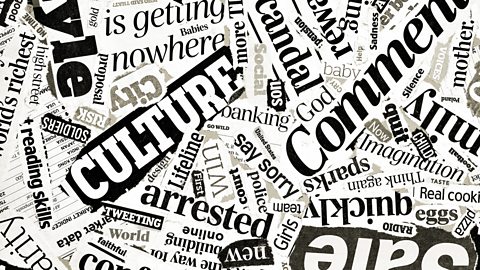
Source
The source is the beginning, the starting place or the origin, so for a news story it’s the journalist who wrote the story. At school it might be the person who first started the rumour that’s doing the rounds that day or week. It’s important to check the source of a story so you can decide if it is true and based on facts or just their opinion.

Verification
Verification is making sure something is what it says it is, checking where it has come from. It means a site, an address or an account is verified and real. In life, it may mean that a person who comes to repair the internet shows you their ID badge before you let them in, as a way for you to verify they are who they say they are.
On social media, the equivalent to a repair person’s ID might be a blue badge with a tick, letting people know that an account of public interest is authentic and what it says it is - it's verified.
Where next?
Be social media smart: Is seeing believing?
іЙИЛїмКЦ newsreader Tina Daheley looks at how to check what can and can’t be believed.
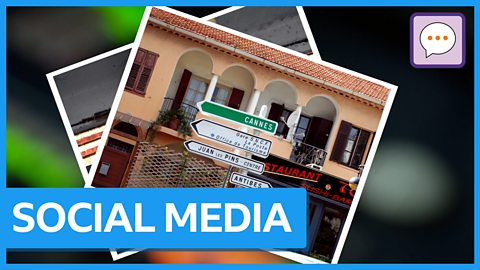
Think like a journalist: How to check a story
іЙИЛїмКЦ journalist Tina Daheley explains how she checks the facts when reporting on the latest news.
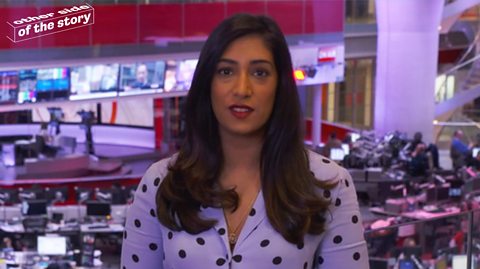
How to be impartial and separate facts from opinions - іЙИЛїмКЦ Young Reporter
Take a look inside the newsroom and see what it takes to be a trusted journalist and a reliable news source.

Fact or Fake?
Find out how to spot and stop fake news with іЙИЛїмКЦ Bitesize.
